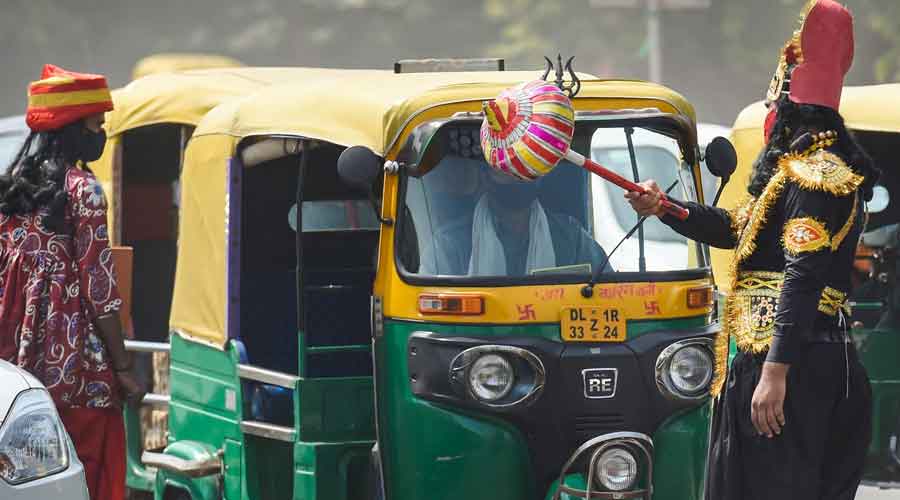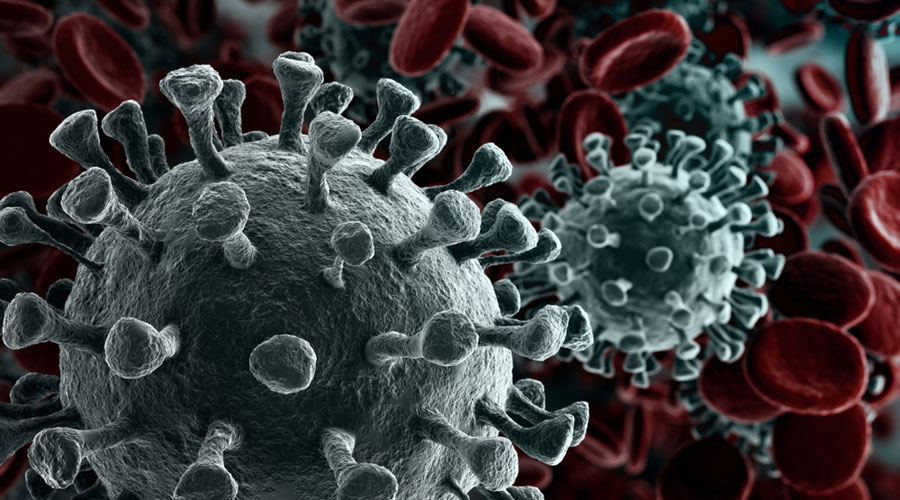The share of adults in India infected by the new coronavirus has ballooned nearly 10-fold over the past three months, the country’s second nationwide survey has revealed, also estimating over 90 million infections among those aged 10 years or older.
The second survey has found an infection prevalence rate of 7.1 per cent in people aged 18 years or older in August-September compared with 0.73 per cent during the first survey in May, the Indian Council of Medical Research said on Tuesday.
The August-September exercise has also revealed prevalence differences across urban and rural areas — 15.6 per cent sampled populations infected in urban slum areas, 8.2 per cent in urban non-slum areas and 4.4 per cent in rural areas. Both surveys had covered 700 sites in the same 70 districts.
Medical experts say the findings point to a growing number of infections and the majority of the population still susceptible, implying that more people could get infected in the coming months whenever the virus gets opportunities to spread.
“Seven per cent infections mean 93 per cent still susceptible — what this means is that we cannot wish away the virus over the next month or two,” said D.C.S. Reddy, a senior community medicine specialist and member of an ICMR research group on surveillance for the coronavirus disease.
Infectious disease specialists expect that when a large enough proportion of a population is infected — estimated at around 60 per cent for the coronavirus — each infected person becomes a barrier to more transmission and the epidemic nearly vanishes through a phenomenon called “herd immunity”.
“The second survey tells us we are still a great distance from herd immunity,” Reddy said.
Senior health officials said the findings underscore the need for health authorities to continue testing, tracing and treating and for people to continue adopting personal protection measures such as face masks, hand and respiratory hygiene and physical distancing.
“Since a large proportion of the population is yet susceptible, prevention fatigue has to be avoided,” Balram Bhargava, ICMR’s director-general said. “We have to adhere to our strategy of test, track, trace, and treat. Non-pharmaceutical interventions such as masks, hand hygiene, and cough etiquette will continue to be essential.”
The survey coordinated by researchers at the ICMR’s National Institute of Epidemiology, Chennai, sampled populations in the same 70 districts as the first survey in May to determine how infection prevalence levels changed over three months.
The results, Bhargava said, indicate that a combination of the lockdown, containment efforts, and behaviour change has checked the spread of the infection. Without such measures, experts believe, India’s coronavirus counts — and deaths — would have been higher than their current counts.
“Such measures help slow down the speed of spread of the virus — a slower spread means fewer daily cases. Uncontrolled spread would overwhelm hospitals,” said Oomen John, a physician and senior research fellow at The George Institute for Global Health, New Delhi.
But health officials and physicians guiding the government’s response to the Covid-19 epidemic are concerned at how the upcoming festival season and winter might influence its trajectory.
The seven-day average number of daily Covid-19 cases detected has fallen since mid-September — from around an average 93,000 daily cases on September 16 to 83,000 cases on Tuesday. Some experts view this as a positive sign, but also caution that the epidemic could yet flare up.












